14 Historical Sites That Might Not Exist In 20 Years
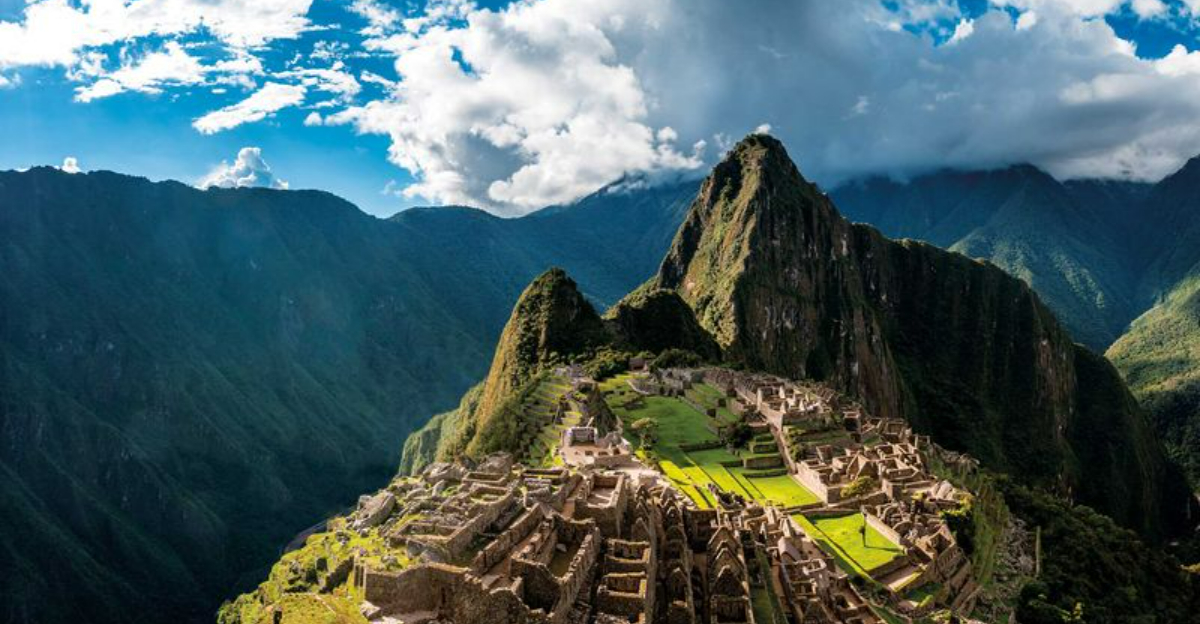
Our world is filled with incredible historical treasures that tell the story of human civilization. But many of these amazing places face serious threats from climate change, war, pollution, and tourism.
Scientists and historians are working hard to save these sites, but some might disappear within our lifetime. Here’s a look at 14 historical wonders that could vanish in the next two decades.
1. Venice, Italy
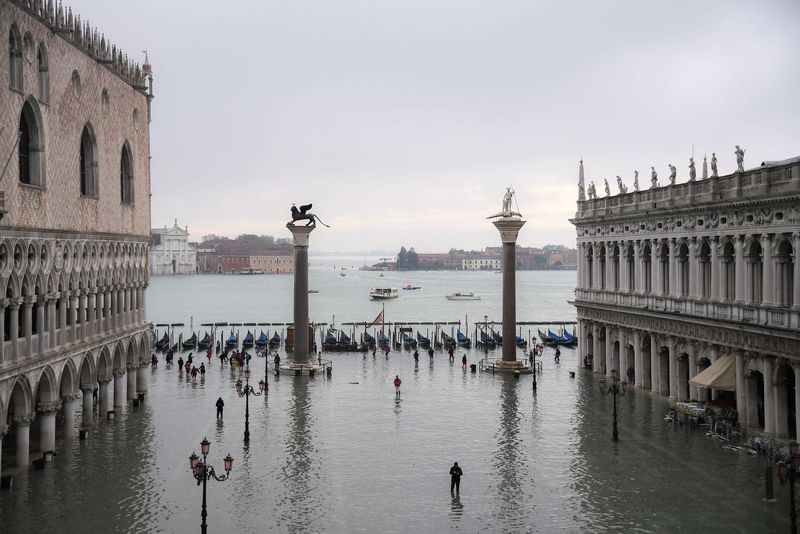
The floating city continues to sink as sea levels rise around it. Experts warn that without major intervention, much of Venice could be underwater by 2050. The city already experiences regular flooding events called “acqua alta” that damage historic buildings and artwork.
Local authorities have implemented the MOSE flood barrier system, but many worry it won’t be enough against the accelerating effects of climate change. The combination of sinking foundations and rising waters creates a perfect storm for this UNESCO World Heritage site.
Venice sinks about 1-2 millimeters every year while sea levels rise at approximately 2.5 millimeters annually, creating a compounding threat to this Renaissance treasure.
2. The Dead Sea
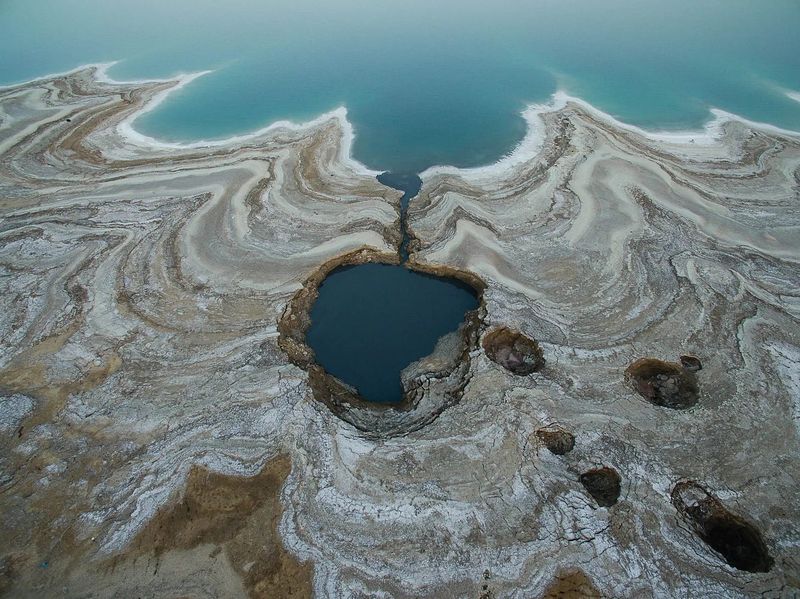
Shrinking at an alarming rate of about four feet per year, this ancient natural wonder may be mostly gone by 2050. Water diversion from the Jordan River, its main source, combined with mineral extraction operations, has devastated this unique saltwater lake.
Massive sinkholes now appear regularly along its receding shoreline, swallowing roads and buildings. The environmental impact extends beyond just water loss – it affects local wildlife and destroys historically significant areas around its banks.
Efforts to save the Dead Sea include proposed canals from the Red Sea, but these projects face political and environmental challenges that have stalled meaningful progress.
3. Machu Picchu, Peru
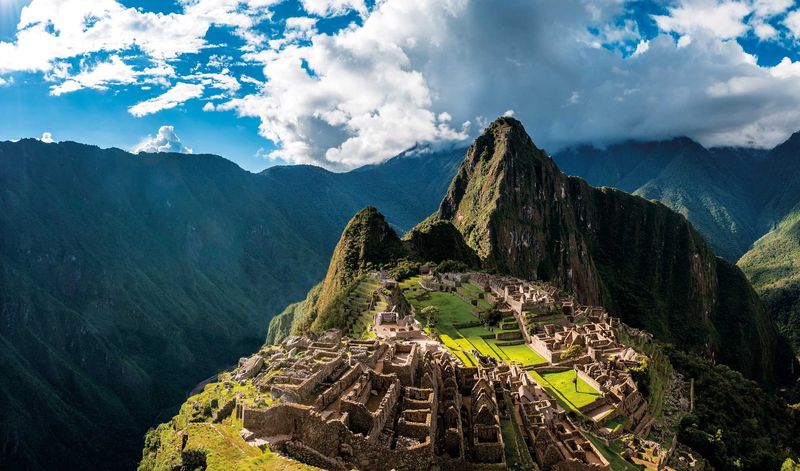
Heavy tourism threatens this ancient Incan citadel perched high in the Andes. More than 1.5 million visitors annually wear down the stone structures and pathways that have survived for over 500 years. Erosion from foot traffic damages the archaeological integrity of this mysterious mountain city.
Landslides present another serious danger as climate change brings more extreme weather to the region. The Peruvian government has implemented strict visitor limits, but enforcement struggles against tourism demand.
Archaeological experts suggest that without more aggressive conservation efforts, significant portions of Machu Picchu could become unstable or collapse entirely within the next two decades.
4. The Great Barrier Reef, Australia

While not a human-built structure, this natural wonder represents thousands of years of biological history now facing extinction. Massive coral bleaching events have already destroyed over 50% of the reef since 1995 due to rising ocean temperatures.
Marine scientists predict that without dramatic reductions in global carbon emissions, the world’s largest coral reef system could be unrecognizable by 2040. The Australian government has invested billions in conservation efforts, but global warming continues to outpace these measures.
Beyond its natural significance, the reef contains numerous shipwrecks and Aboriginal cultural sites that document human history in the region – all threatened by the same environmental crisis.
5. Timbuktu, Mali

Armed conflict and extremism threaten this ancient center of Islamic learning and its irreplaceable manuscripts. After surviving for nearly 1,000 years, Timbuktu’s mud-brick mosques and mausoleums face destruction from both human violence and environmental factors.
Desert sands continuously encroach on the city while increasingly severe weather patterns damage its delicate earthen structures. Local preservationists work heroically to protect thousands of ancient texts and restore damaged buildings, but resources remain limited.
UNESCO has placed Timbuktu on its List of World Heritage in Danger, highlighting how political instability compounds environmental threats to create a perfect storm for cultural obliteration.
6. Glacier National Park, USA
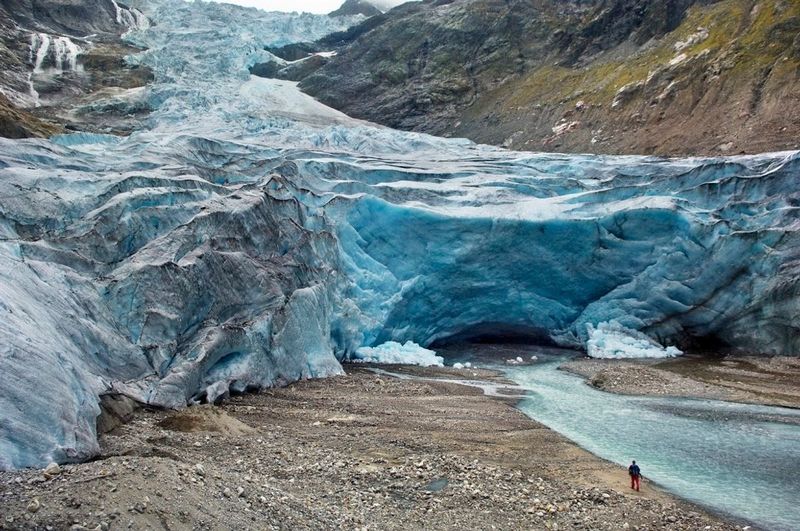
In 1910, this Montana park contained over 100 glaciers; today, fewer than 25 remain. Scientists predict all glaciers in the park could completely disappear by 2030 based on current warming trends, forever altering this historical landscape that has shaped human experience in the region for thousands of years.
Native American tribes including the Blackfeet consider these mountains and glaciers sacred sites central to their cultural heritage.
The park’s historic chalets and trails were designed specifically for glacier viewing, creating a paradox where tourism infrastructure may outlast the natural features they were built to showcase.
Rangers now train as climate educators, explaining to visitors how they’re witnessing the real-time erasure of geological history.
7. Chan Chan, Peru
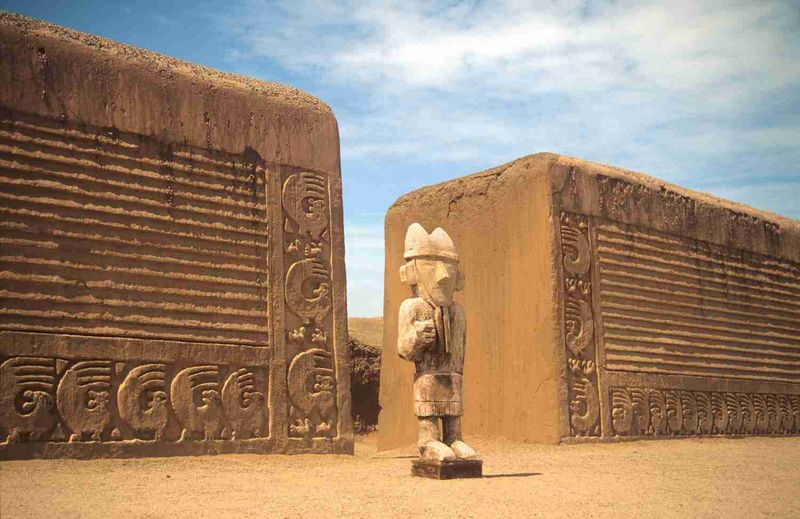
Once the largest pre-Columbian city in South America, this vast adobe complex faces obliteration from increasingly severe El Niño weather patterns.
Heavy rains wash away the mud-brick structures that have stood since 850 CE, with each storm causing irreversible damage to ornate carvings and historical layouts. Archaeological teams race against time to document the site using 3D scanning technology.
Protective roofing covers some sections, but funding limitations mean much of the 14-square-mile complex remains exposed to the elements. Climate models predict more frequent and intense rainfall events in the region over the coming decades, potentially accelerating the destruction of this testament to the sophisticated Chimú civilization.
8. The Sundarbans, Bangladesh/India
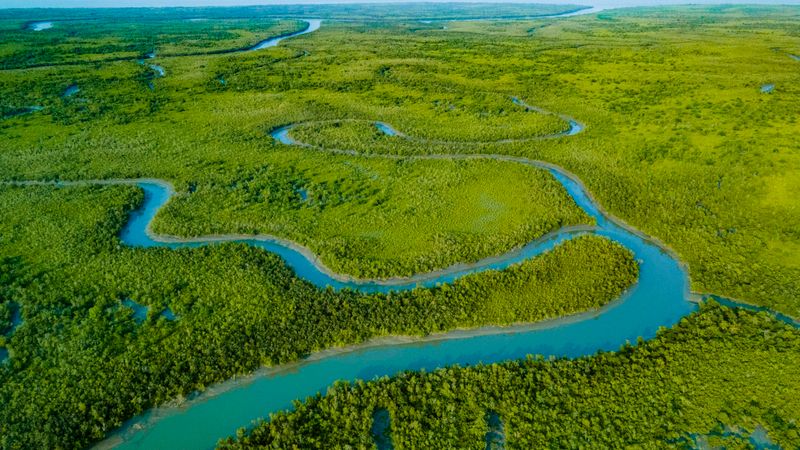
Rising sea levels threaten to submerge this vast mangrove forest that contains numerous temples, shrines, and historical settlements. Home to endangered Bengal tigers and unique cultural heritage sites, the Sundarbans could lose up to 75% of its land area by 2050.
Salt water intrusion kills vegetation and damages historical structures while more frequent cyclones cause catastrophic flooding. Local communities with centuries of history face displacement as their ancestral lands become uninhabitable.
Archaeological evidence suggests human habitation in these forests dates back over 2,000 years, with temples and monasteries hidden throughout the region – a historical record that may soon disappear beneath the Bay of Bengal.
9. Hatra, Iraq
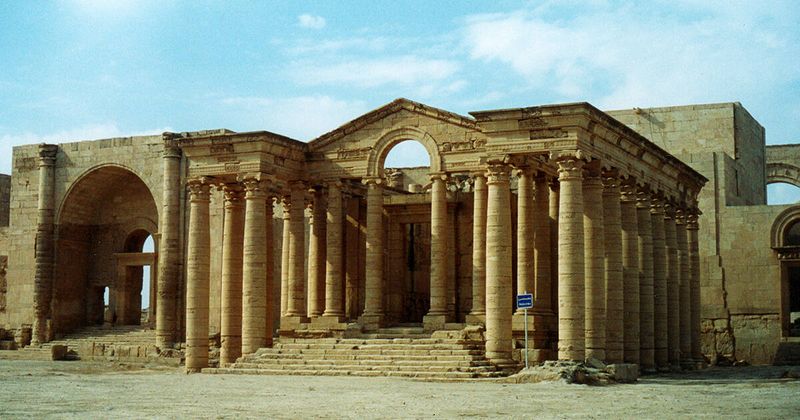
Already damaged by ISIS militants who used sledgehammers and bulldozers on this ancient city, Hatra faces continued threats from conflict, looting, and neglect.
This remarkably preserved Parthian Empire capital features a unique blend of Greek, Roman, and Arabian architectural influences dating back to the 2nd century BCE. Security concerns prevent consistent conservation work while the harsh desert climate erodes exposed structures.
International archaeological teams have limited access to assess damage or implement protection measures. Beyond deliberate destruction, improper restoration attempts sometimes cause additional harm to the site’s fragile columns and statues, demonstrating how even well-intentioned efforts can accelerate heritage loss without proper expertise.
10. Angkor Archaeological Park, Cambodia
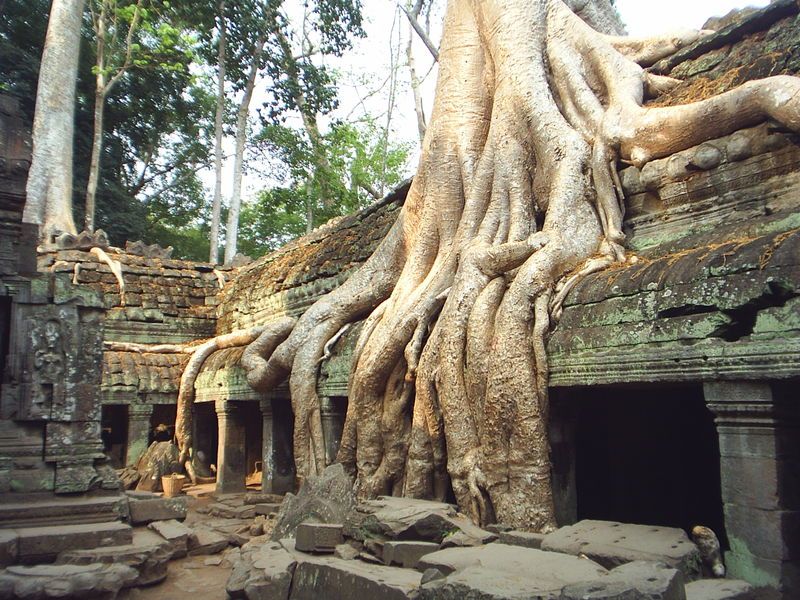
Groundwater extraction to support massive tourism infrastructure threatens the stability of these magnificent temple complexes. The ancient Khmer builders designed Angkor Wat and surrounding structures to float on a delicate hydrological system that’s now severely disrupted.
Trees growing among the ruins cause both protection and destruction – their roots simultaneously hold stones together while gradually prying them apart. Conservationists face difficult decisions about which historic features to prioritize as resources stretch thin across the 400-square-kilometer site.
Climate change brings additional challenges through more extreme monsoon cycles that alternate between drought and flooding, accelerating deterioration of carved stone surfaces that have survived since the 12th century.
11. The Everglades, USA
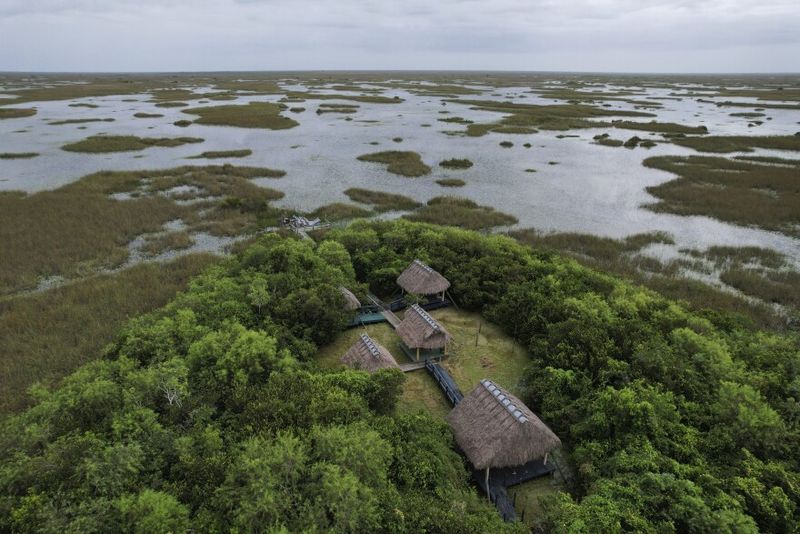
Half of this unique ecosystem has already disappeared, taking with it archaeological sites and evidence of early Native American settlements. Water diversion projects, agricultural pollution, and urban development continue to degrade what remains of this historically significant wetland.
The Everglades contains hundreds of archaeological sites including ancient shell mounds and settlements of the Calusa, Tequesta, and Seminole peoples. Rising seas now threaten coastal historical sites while changing water flows impact inland locations.
Restoration efforts focus primarily on ecological recovery but often overlook the preservation of cultural heritage embedded throughout the landscape – a legacy that includes 6,000 years of human history increasingly at risk of permanent erasure.
12. Petra, Jordan

Wind and water erosion slowly wear away the intricate façades of this rose-colored city carved directly into sandstone cliffs. Flash floods have become more frequent and severe, damaging the delicate water management systems that once made this desert city possible.
Salt crystallization weakens the stone from within as moisture cycles through the porous material. Tourism presents another challenge – vibrations from thousands of daily visitors accelerate deterioration while touching and climbing on ancient surfaces causes irreversible damage.
Jordanian authorities have implemented visitor restrictions and drainage improvements, but funding limitations hamper comprehensive preservation efforts for this vast site that spans over 100 square miles of archaeological significance.
13. Potosí, Bolivia
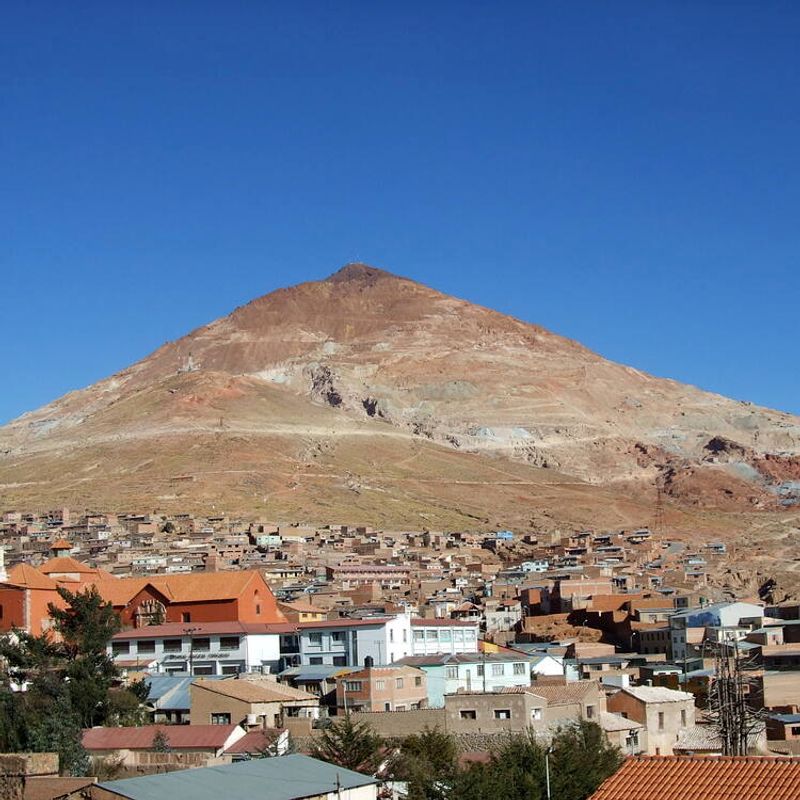
Centuries of silver mining have hollowed out Cerro Rico mountain, creating a potential collapse that threatens this historic colonial city. Engineers warn that the mountain’s summit could cave in within years, destroying both the active mines and the UNESCO-listed city below.
Modern mining operations continue to extract remaining minerals using techniques that further destabilize the mountain. The city itself, once one of the world’s richest urban centers, features magnificent churches and civic buildings now cracking from ground subsidence.
Beyond structural concerns, toxic mining pollution contaminates historical districts while economic pressures make comprehensive preservation challenging in a community still dependent on the very industry that endangers its heritage.
14. Chinguetti, Mauritania
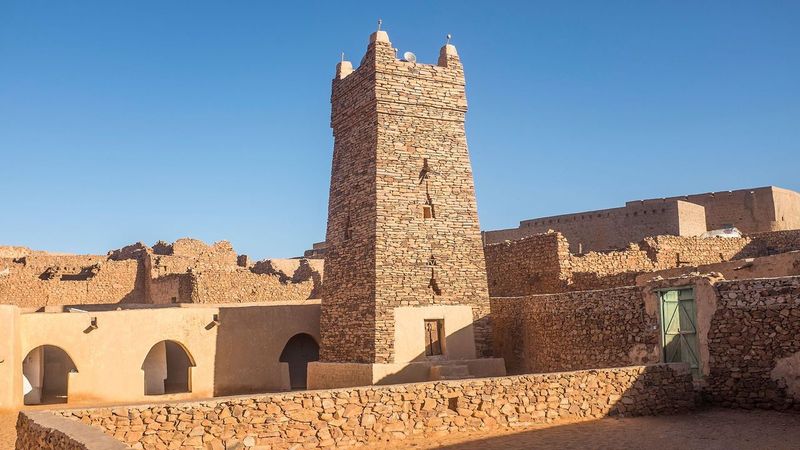
Sand gradually reclaims this ancient desert trading post and its precious libraries containing thousands of medieval Islamic manuscripts. Once a vital center of Islamic scholarship and a stopping point for pilgrimages to Mecca, Chinguetti now fights a losing battle against the advancing Sahara.
The town’s distinctive stone mosques and libraries date back to the 13th century but face both abandonment and environmental threats. Local families maintain private manuscript collections in increasingly difficult conditions as desertification accelerates.
Population decline compounds preservation challenges – fewer than 4,000 residents remain to maintain traditional knowledge of building techniques and manuscript conservation in this remote outpost that was once among the most important intellectual centers in Northwest Africa.
